Why LiFePO4 Batteries Are the MVPs of the Energy Game
LiFePO4 batteries (a.k.a. lithium iron phosphate) are the cool kids in the battery world, prized for their safety, longevity, and thermal stability. From their different cell configurations (cylindrical, prismatic, pouch) to their stellar cycle life and depth of discharge, this guide breaks down why these batteries are a powerhouse choice for EVs, solar energy, and more. Get ready to supercharge your battery knowledge—minus the boring bits!
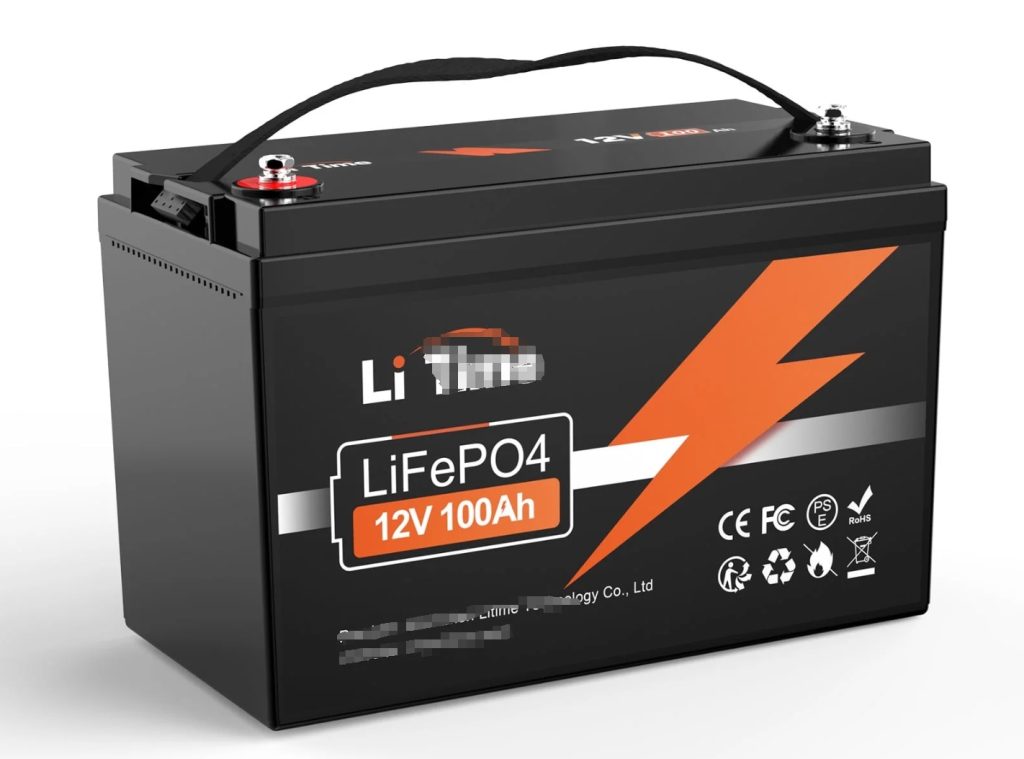
Batteries, batteries everywhere, but which one should you pick? If you’re tired of battery jargon frying your brain, let us introduce you to the darling of the energy storage world: LiFePO4 batteries. Fancy name aside (that’s short for lithium iron phosphate), these babies are like the Swiss Army knives of the battery realm—safe, reliable, and built to last. Let’s dive into why they’re taking over the scene, minus the snooze-fest.
What Makes LiFePO4 Batteries So Special?
Unlike your average lithium-ion battery, LiFePO4 doesn’t overheat or explode when things get tough (looking at you, volatile lithium cobalt oxide). It’s thermally stable, long-lasting, and perfect for heavy-duty tasks like powering electric vehicles, solar systems, and backup power units. Basically, it’s the rock star you’ve been waiting for—no diva attitude included.
Types of LiFePO4 Batteries: Pick Your Flavor
Cylindrical Cells
- What Are They? These are the OG batteries, shaped like your trusty AA or AAA cells.
- Why They’re Cool: Cylindrical cells are tough cookies, handling heat like champs.
- Where You’ll Find Them: Power tools, e-bikes, and sometimes EVs.
Prismatic Cells
- What Are They? Think rectangles—these cells are all about efficiency.
- Why They’re Cool: High energy density and compact design make them ideal for tight spaces.
- Where You’ll Find Them: Solar energy storage and big UPS systems.
Pouch Cells
- What Are They? Lightweight, flexible, and ready to roll (or fold).
- Why They’re Cool: Perfect for slim gadgets where space is king.
- Where You’ll Find Them: Your sleek electronics and portable devices.
Capacity 101: How Much Juice Do You Need?
LiFePO4 batteries come with various capacity ratings, but let’s break it down:
- 100 Ah Explained: This means your battery can give you 100 amps for an hour—or spread it out over two hours at 50 amps. Math for the win!
- Depth of Discharge (DoD): LiFePO4 lets you safely use up to 80% of its capacity without throwing a tantrum. That’s 80 Ah from a 100 Ah battery, FYI.
- Cycle Life: These batteries laugh in the face of time, lasting 2000 to 7000 cycles depending on how you treat them. That’s years of reliable power!
- Energy Density: While they’re not the most compact (NMC batteries take that crown), they make up for it with extra safety and a much longer lifespan.
Voltage: The Zippy Science Bit
A single LiFePO4 cell rocks a nominal voltage of 3.2 volts. Want more juice? Stack four of them in a series to power up to 12.8 volts, which is perfect for your RV, boat, or off-grid solar system. It’s like Lego but with electricity—fun, right?
Why You Should Care About LiFePO4
In a world where batteries can literally explode, LiFePO4 is like that dependable friend who always shows up on time, ready to help. Whether you need something tough for a road trip, efficient for your solar setup, or safe for everyday use, this battery type is a no-brainer.
Final Thoughts: The Future is LiFePO4
If you’re not convinced yet, consider this: with long cycle lives, minimal maintenance, and no drama (seriously, no thermal runaways), LiFePO4 is the power solution you’ve been dreaming of. Ready to supercharge your life? Choose LiFePO4 and leave your battery woes behind.

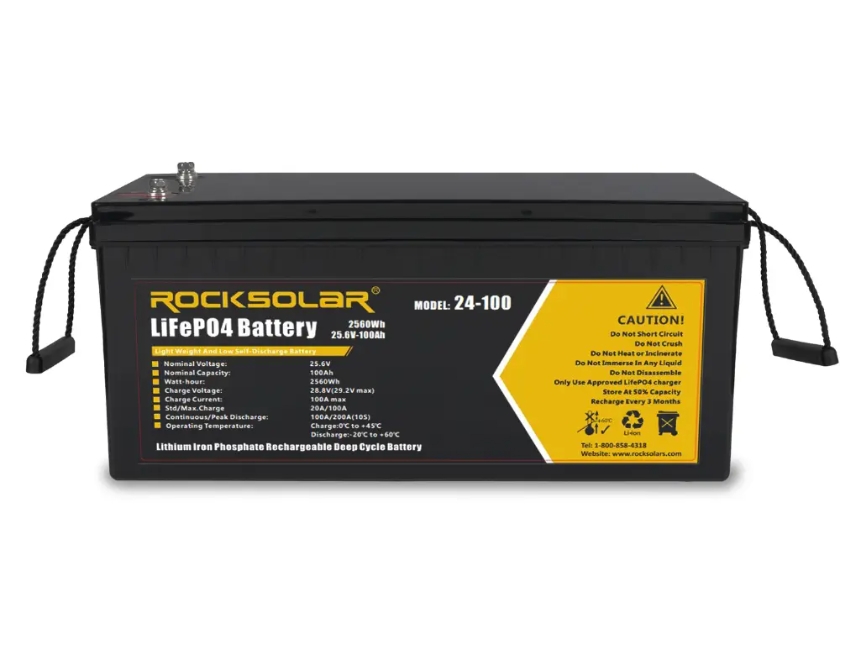

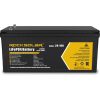
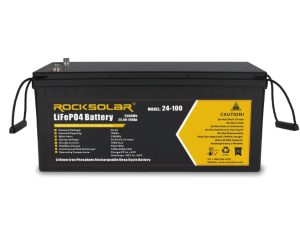
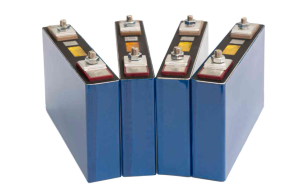
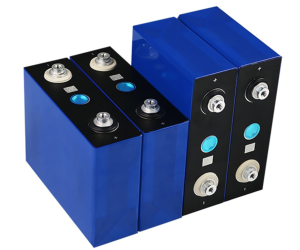
Add comment